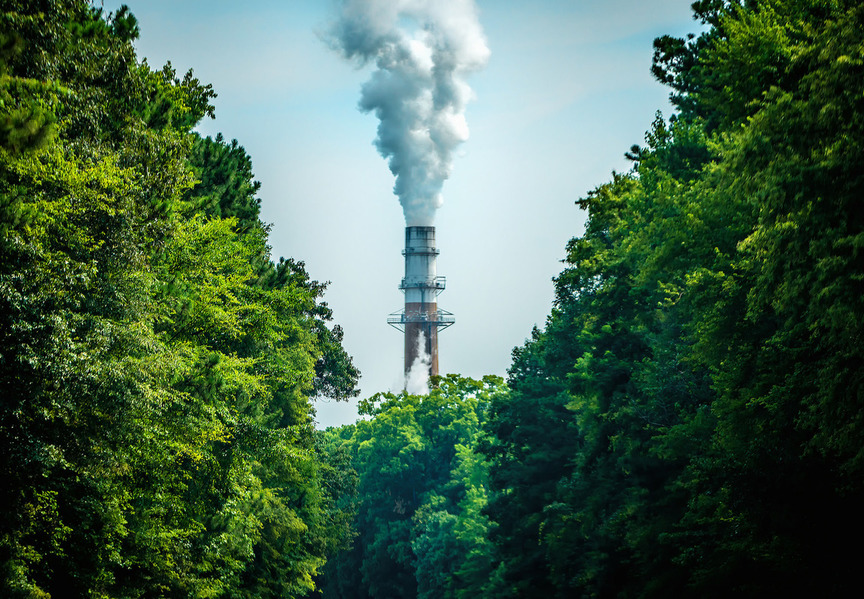An environmental fiscal reform (EFR) represents a transition of a taxation system toward one based in environmental taxation, rather than on taxation of capital, labor, or consumption. It differs from an environmental tax reform (ETR) in that an EFR also includes a reform of subsidies which counteract environmental policy. This research details ways in which an EFR is not only possible, but also a good option that provides economic and environmental benefits. It represents a good opportunity to tackle climate change and reduce health risks without damaging a nation’s economy. We have developed a detailed dynamic CGE model examining 101 industries and commodities in Spain, with an energy and an environmental extension comprising 31 pollutant emissions, in order to simulate the economic and environmental effects of an EFR. The reform focuses on 39 industries related to the energy, water, transport and waste sectors. We simulate an increase in taxes and a reduction on subsidies for these industries, and at the same time we use new revenues to reduce labor, capital, and consumption taxes. All revenue recycling options provide both economic and environmental benefits, suggesting that the “double dividend” hypothesis can be achieved. After three to four years after implementing an EFR, GDP is higher than the base case, hydrocarbons consumption declines, and all analyzed pollutants show a reduction.
Jaume Freire
2018
Sustainability
Freire-González, J., Ho, M. (2018) Environmental Fiscal Reform and the Double Dividend: Evidence from a Dynamic General Equilibrium Model. Sustainability, 10(2), 501.

